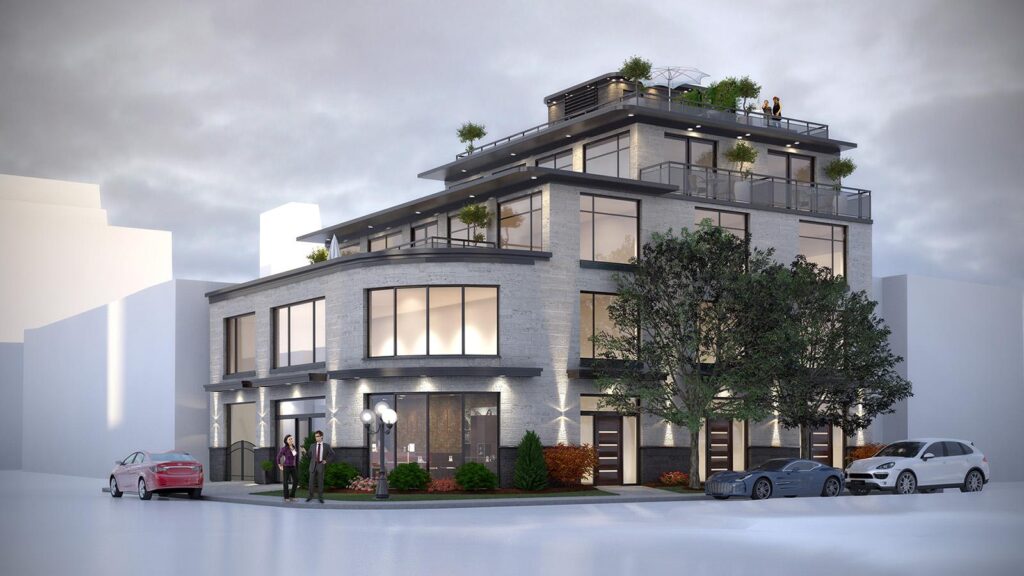3D Floor Plan Modeling
3D Foor Plan Modeling is very useful when it comes to making a decision on how to use the interior space of your home or build a new home or building. Whether you are moving to a new home or want to modify the existing interior of your home, using 3D floor plans makes sense here.
3D Floor Plan Modeling
3D Floor Plan Modeling from Acura not only helps your clients visualize interior designs but also clarifies floor layouts, lighting fixtures, and furniture placement before construction begins.
By using 3D Floor Plan Modeling, you can effectively communicate your design intentions for interior spaces in any proposed building. These detailed models clearly show traffic flow, entry and exit points, and how natural light will fill each room depending on window placement.
Whether you’re designing a school, hospital, residential property, or commercial space, 3D Floor Plan Modeling adds value to every architectural presentation. It provides a clear, immersive view that enhances understanding and eliminates guesswork.
At Acura, we specialize in creating high-quality 3D Floor Plan Modeling visuals that help your customers envision completed spaces with confidence—ultimately driving faster decisions and boosting your sales.

Some of the advantages are
FAQ
1. What is Architectural 3D Rendering?
Architectural 3D rendering is the process of creating photorealistic images or animations of a building or structure from a 3D model. These images showcase the final design in realistic lighting, textures, and environments, providing a detailed visual representation of how the building will look once constructed.
2. What are the main benefits of Architectural 3D Rendering?
- Realistic Visualization: Provides a lifelike representation of the design, allowing clients, architects, and stakeholders to see what the building will look like before construction begins.
- Improved Client Communication: Clients can better understand the design concept, layout, and overall aesthetic, leading to more informed decisions and fewer changes during construction.
- Enhanced Marketing and Presentation: 3D renderings are often used for promotional materials, advertisements, and investor presentations, helping to showcase the design in the most appealing way.
- Faster Decision-Making: Stakeholders can make decisions quickly based on realistic renderings, saving time in the design process.
3. What software is used for Architectural 3D Rendering?
Several software tools are used to create architectural 3D renderings:
- V-Ray: A popular rendering plugin used with 3D modeling software like SketchUp, Rhino, and Revit for high-quality renderings.
- Lumion: A real-time 3D visualization software that allows architects to create stunning renderings quickly.
- Corona Renderer: Known for its ease of use and photorealistic results, often used with 3D modeling software like 3ds Max.
- Enscape: A real-time 3D rendering and virtual reality tool that integrates well with Revit, SketchUp, and Rhino.
- KeyShot: A 3D rendering software that provides photorealistic renderings, typically used in product and architectural visualizations.
- Blender: A free, open-source 3D creation suite that also offers high-quality rendering capabilities.
4. How long does it take to create an Architectural 3D Rendering?
The time required to create a 3D rendering depends on the complexity of the project, the level of detail, and the rendering quality. A simple residential rendering may take a few hours to a day, while large-scale commercial or highly detailed renderings can take several days or even a week or more. The more intricate the textures, lighting, and environment, the longer the rendering process may take.
5. How accurate are 3D Renderings?
Architectural 3D renderings are highly accurate as long as they are based on a well-detailed 3D model. The accuracy depends on:
- The level of detail included in the model.
- The quality of the textures and materials.
- The realism of the lighting and environmental effects.
- Proper scaling and proportions.
However, it’s important to remember that renderings are visual representations and may not fully capture the nuances of the final physical building, such as the feel of materials or lighting changes in real-time.
6. How much do Architectural 3D Renderings cost?
The cost of 3D renderings varies depending on the complexity, size of the project, and level of detail. Basic renderings for smaller projects may start at a few hundred dollars, while large-scale or highly detailed renderings can cost several thousand dollars. The price is also influenced by the number of images or animations required and the turnaround time.
Get In Touch
Contact us today to discuss your project needs and discover how we can support your goals.
